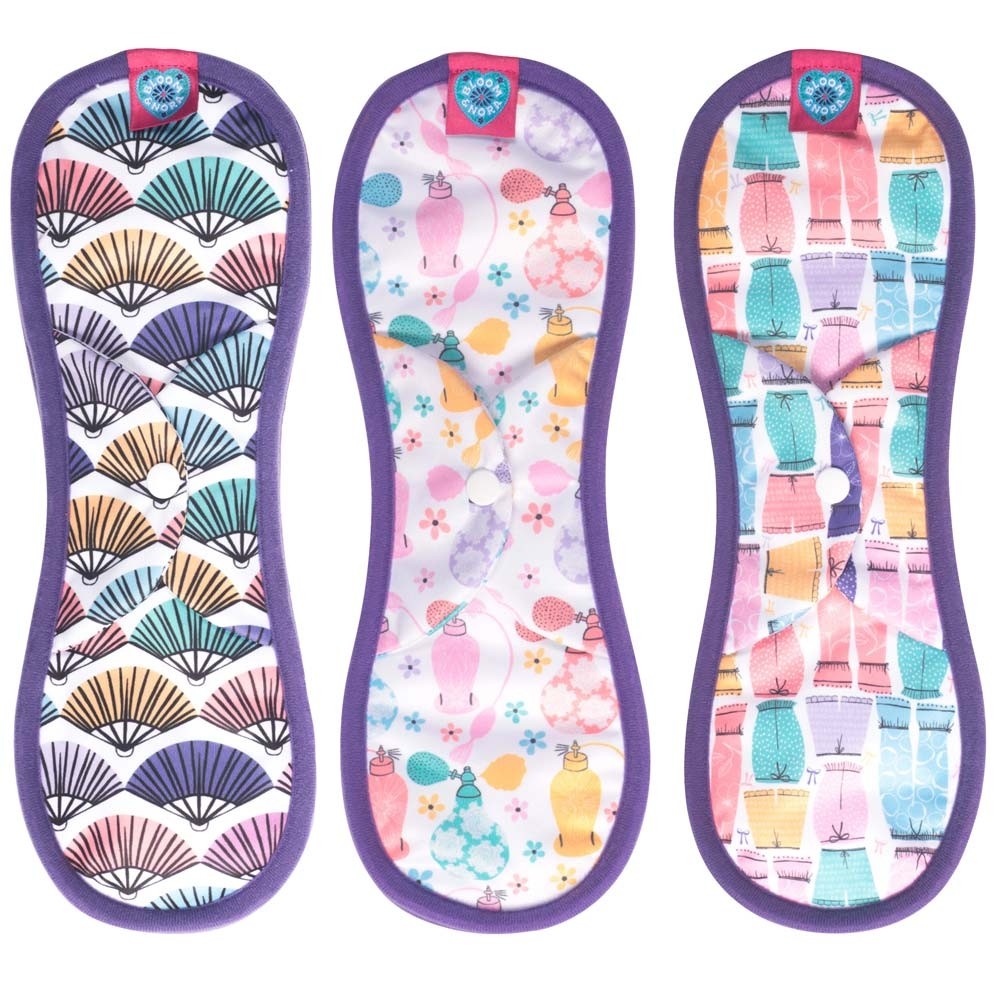
Zero Waste Period: Pros and Cons
Use a menstrual cup
As an alternative to tampons, you need look no further than the menstrual cup. A menstrual cup is a round receptacle that fits inside of the vagina to collect blood. By using a cup for just one year, you could avoid creating waste from around 260 pads and tampons. In a lifetime, that’s about 11,000 waste products. Now menstrual cups have become a lot more popular, they are available from many different brands and come in a range of sizes, colours, and materials. Most cups are made of silicon and most companies will offer at least two sizes (one for those who have a birth via a vaginal delivery and one for those who have not given birth vaginally). Aside from waste, tampons often contain dioxin, chlorine, and rayon. These chemicals do not degrade and instead soak into the earth causing pollution. Tampons also pose a risk for toxic shock syndrome (tss) if they are not changed regularly, which can be very severe and in some cases, fatal. Bearing this in mind, not everybody feels comfortable using a menstrual cup, and for some they can be physically uncomfortable. Whilst it is a little tricky at first to insert the cup and get the hang of it, it is definitely worth persevering with. The cup I use is the Intimina Lily Cup One. It is very small and folds up into a tiny container, as well as having a handy pull tab on the bottom.

Pros of menstrual cups
Cost effective over time
Fully reusable
Avoids chemicals found in disposable tampons/pads
Cons of menstrual cups
Initial cost
May be unsuitable for some people
Reusable pads and panty liners
If you prefer a pad over a tampon, then reusable pads are an option. You can purchase reusable pads online, and they are often made of materials such as bamboo which is fast growing, requires little water, and zero fertiliser to produce. Pads contain a sticky material called polyethylene plastic, which is the adhesive to make the pad stick onto a pair of knickers. This adhesive is actually a harmful pollutant and can be completely avoided by using a reusable pad. I personally use Bloom and Nora pads which stay on with a popper. They are made from bamboo and are widely available, as well as coming in various sizes, colours, and patterns. There are also lots and lots of varieties on Etsy. At the end of the day, they can be hand washed with warm water and a tiny bit of mild, cruelty free detergent.

Pros of reusable pads
Fully reusable
More affordable than alternative products
Availability and variety
Cons of reusable pads
A little expensive
May need to used with other products (e.g. menstrual cup) depending on flow
Can be bulky
Period panties
Period knickers (or panties) are absorbent pants that soak up your period waste. They don’t need to be worn with anything in conjunction. The two big brands are Modibodi and Thinx, but they are expensive. For example, a five pack of mixed absorbency bikini knickers from Modibodi will set you back £97.00 whilst the Thinx ‘All Cycle Long Set’ will set you back £76.31.
Pros of period panties
Very absorbent
No need to use any other products
Fully reusable
Look just like regular knickers
Cons of period panties
Very expensive
Organic pads and tampons
If you don’t feel ready to use a menstrual cup or find the initial cost of the above products too expensive, you could try using period products that are organic and biodegradable. Brands you can find in the UK include Natracare (Holland & Barrett), Grace & Green (online), and TOTM (widely available in stores and online). These products avoid plastic via production and packaging, and are fully biodegradable. They are less harsh for your body because they don’t contain the added chemicals found in brands like Tampax or Always. The initial cost is the same as the non eco-friendly brands.
Pros of organic period products
Cheaper initial cost
Widely available
Suitable if not comfortable with a cup
Cons of organic period products
Cost adds up over time
Take time to biodegrade
Thank you for reading my post today, and I hope you found the pros and cons comparisons helpful! Do you think you will be switching to any of these products or do you already use one?



